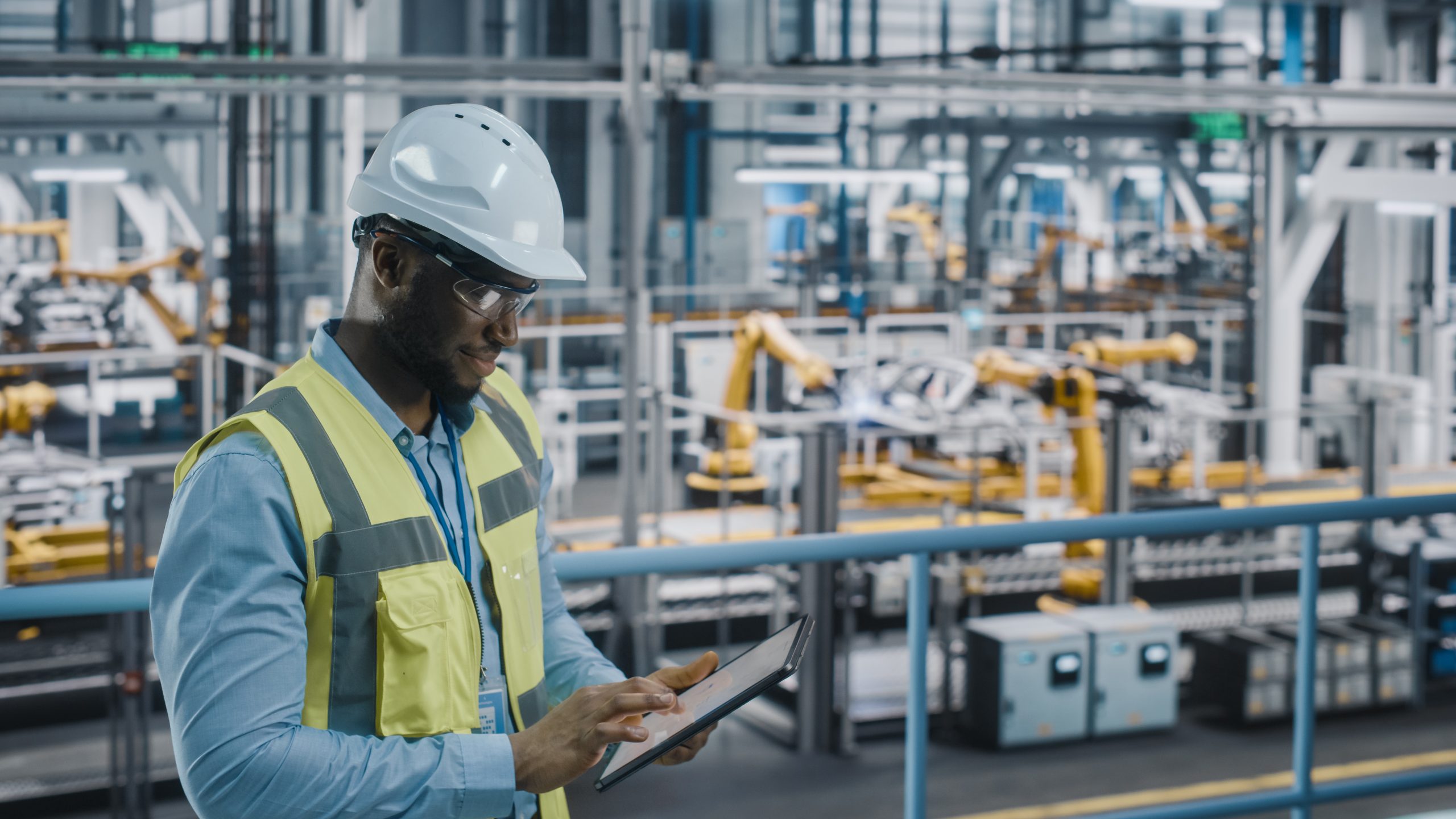In the mining industry, equipment plays a vital role in the productivity and efficiency of operations. Maintaining and planning for mining equipment to operate at peak performance throughout its lifecycle is essential. The key to achieving this goal is Lifecycle costing (LCC) and planning, a systematic approach to estimating the total cost of equipment ownership throughout its lifecycle.
What is Lifecycle Costing?
LCC is a method used to determine an asset’s total cost of ownership over its lifetime. The method considers all costs associated with the equipment, including acquisition, operation, maintenance and disposal. The objective is to identify the most cost-effective solution, not just the lowest initial cost.
Why is Lifecycle Costing important for mining equipment?
In the mining industry, where the wear is excessive (a highly abrasive environment), the acquisition cost of equipment cannot be the only consideration. The cost of operations and maintenance is simply too big an input to be ignored and must also be considered.
By using LCC, maintenance engineers, engineering managers, plant managers and reliability engineers can evaluate different options for equipment acquisition, maintenance and disposal, and select the most cost-effective solution.
LCC, however, only looks at the cost and, ultimately, the cost per unit of work delivered. To improve the reliability and availability of the equipment, tools and techniques like failure mode and effects analysis (FMEA) and reliability-centred maintenance (RCM) are used to bring down the unit cost of the asset. These tools enable the engineering team to analyse the costs associated with acquiring, operating, maintaining and disposing of equipment.
Using a Lifecycle Costing Model (LCCM)
The LCCM can be used to compare the total cost of ownership of different equipment options and select the most cost-effective solution.
The following are the steps to develop an LCCM for mining equipment:
Step 1: Define the equipment and its intended use
This includes specifying the equipment type, capacity and expected service life.
Step 2: Identify the costs associated with the equipment
This includes acquisition costs, operational costs, maintenance costs and disposal costs.
Step 3: Estimate the costs over the equipment’s lifecycle
This includes estimating the annual operating costs, maintenance costs and disposal costs.
Step 4: Discount the estimated costs to the present value
This is necessary to account for the time value of money and to make the costs comparable.
Step 5: Compare the total cost of ownership of different equipment options
This includes comparing the present value of the costs of each option and selecting the most cost-effective solution.
With a proper LCCM in place, mining professionals can evaluate different options for equipment acquisition, maintenance and disposal, and select the most cost-effective solution. The key is to look beyond the initial acquisition cost and consider the total cost of ownership over the equipment’s lifecycle. This approach will help to ensure that mining operations are productive, efficient and cost-effective.
For more about Pragma’s view on the role of the reliability engineer in LCC, you can click on this link.

